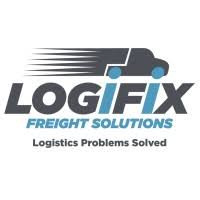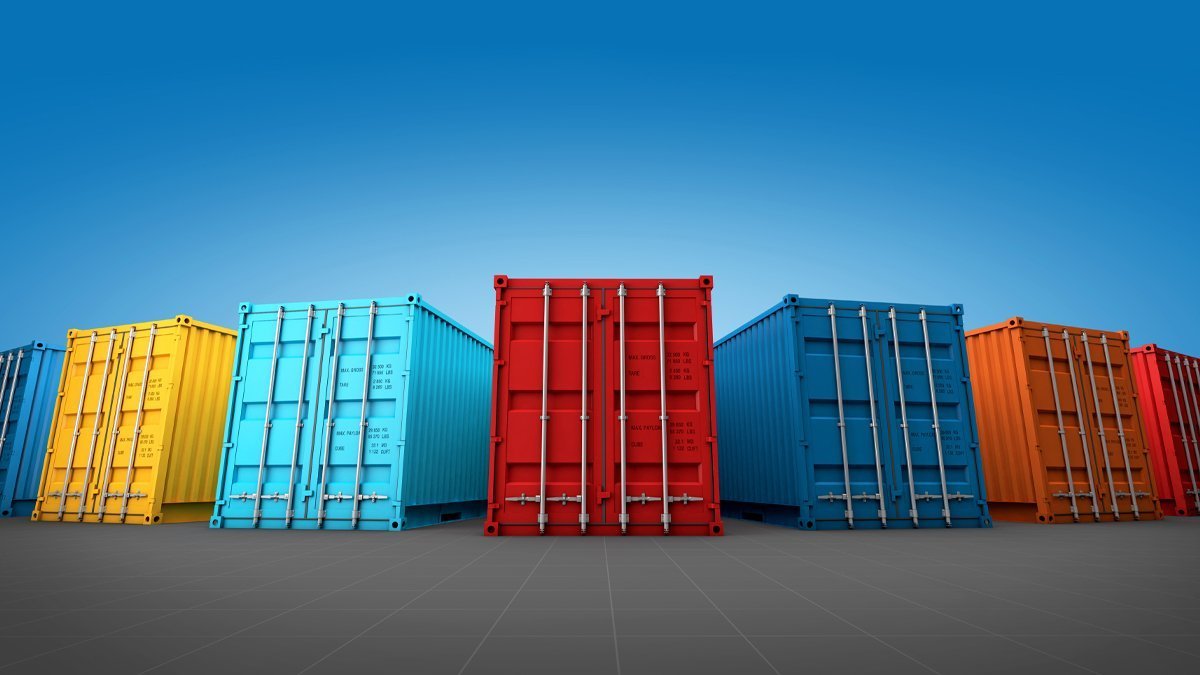Linehaul Transportation The Backbone of Efficient Long-Distance Freight

Strong 8k brings an ultra-HD IPTV experience to your living room and your pocket.
In today’s fast-paced logistics industry, linehaul transportation plays a critical role in ensuring goods move efficiently across cities, states, and countries. Whether you're shipping parcels domestically or managing large-scale freight distribution, understanding how linehaul works—and how to optimize it—can drastically improve your supply chain performance.
In this blog, we’ll explore what linehaul transportation is, why it matters, and how businesses can benefit from leveraging effective linehaul services.
What Is Linehaul Transportation?
Linehaul transportation refers to the movement of freight between two major hubs, typically distribution centers, warehouses, or terminals. Unlike local or last-mile delivery, which focuses on short-distance or final-destination delivery, linehaul covers the longer legs of a shipment’s journey—often between cities or regions.
For example, a freight load traveling from a warehouse in Melbourne to a distribution center in Sydney would fall under the category of linehaul transport.
Key Features of Linehaul Services
Linehaul transportation is characterized by:
Fixed Routes: Regular, scheduled trips between major hubs.
High Volume: Typically involves large loads moved via trucks, trains, or air freight.
Efficient Timing: Services are optimized for minimal delays and high reliability.
Integrated Systems: Often works with logistics software and tracking technologies for real-time updates.
These features make linehaul the backbone of any modern logistics network.
Why Linehaul Transportation Is Essential
Businesses rely on linehaul transport for several reasons:
1. Faster Delivery Times
Because linehaul operates on scheduled, direct routes, it minimizes delays and ensures timely arrivals. It plays a crucial role in meeting customer expectations for quick delivery.
2. Cost Efficiency
By moving goods in bulk over long distances, linehaul transport helps reduce per-unit shipping costs. This bulk efficiency makes it especially appealing for manufacturers, eCommerce businesses, and retailers.
3. Improved Supply Chain Management
Consistent and reliable linehaul services help businesses maintain control over their supply chain operations. With better tracking and predictability, companies can manage inventory and logistics more effectively.
Types of Linehaul Transportation
Depending on the freight and destination, linehaul transportation can take several forms:
Road Freight
Trucks remain the most common mode of linehaul transport in Australia due to the country’s extensive road network. Ideal for inter-city deliveries, road linehaul services offer flexibility and door-to-door options.
Rail Freight
For heavy or bulk goods, rail offers a cost-effective alternative. It’s commonly used for long-distance linehaul across regional or remote areas where road access may be limited.
Air Freight
When speed is critical, air linehaul is used for overnight or next-day deliveries. Though more expensive, it’s ideal for high-value or time-sensitive cargo.
Industries That Rely on Linehaul Transportation
Many sectors benefit from efficient linehaul operations:
eCommerce: Fast shipping from central warehouses to regional hubs.
Retail: Stock movement between distribution centers and stores.
Manufacturing: Transportation of raw materials or finished products between plants and storage facilities.
3PL Providers: Third-party logistics companies rely on linehaul to provide timely, scalable delivery services to clients.
How to Optimize Linehaul Transportation
Maximizing the efficiency of your linehaul operations can lead to significant cost savings and improved service. Here’s how:
1. Use Transportation Management Systems (TMS)
A good transportation management system helps schedule shipments, track deliveries, and optimize routes. It provides real-time insights that can reduce downtime and increase transparency.
2. Partner with Reliable Linehaul Carriers
Choosing the right logistics partner can make or break your operations. Look for carriers with a strong reputation for punctuality, safety, and modern tracking capabilities.
3. Consolidate Shipments
Consolidating freight into larger loads reduces the number of trips and lowers transportation costs. This is particularly effective for businesses with consistent volume.
4. Monitor Performance Metrics
Track key performance indicators (KPIs) such as on-time delivery rates, fuel usage, and route efficiency. Regular performance audits can uncover opportunities for improvement.
5. Embrace Eco-Friendly Options
With sustainability becoming a priority, consider rail or electric truck linehaul where available. These methods reduce emissions and can be more cost-effective in the long term.
Challenges in Linehaul Transport—and How to Solve Them
Like any logistics process, linehaul transportation comes with its own set of challenges:
Delays due to traffic, weather, or breakdowns: Use predictive analytics and GPS tracking to adjust routes in real time.
Rising fuel and labour costs: Optimize routes and vehicle utilization to reduce unnecessary expenses.
Lack of visibility: Invest in digital tracking systems that provide full shipment visibility from hub to hub.
By proactively addressing these issues, businesses can ensure smoother and more efficient linehaul operations.
The Future of Linehaul Transportation
As logistics continue to evolve, linehaul transportation is expected to become more digitized, automated, and eco-friendly. Innovations such as autonomous trucks, electric vehicles, and AI-based routing systems are already transforming how freight is moved over long distances.
Additionally, customer demand for faster, more transparent shipping will push businesses to adopt smarter linehaul strategies. Companies that embrace these trends will gain a significant competitive edge.
Final Thoughts
Linehaul transportation is a critical component of any logistics strategy, especially for businesses that need to move goods efficiently over long distances. By understanding how linehaul works—and how to optimize it—you can reduce shipping costs, speed up delivery, and build a more resilient supply chain.
Note: IndiBlogHub features both user-submitted and editorial content. We do not verify third-party contributions. Read our Disclaimer and Privacy Policyfor details.







